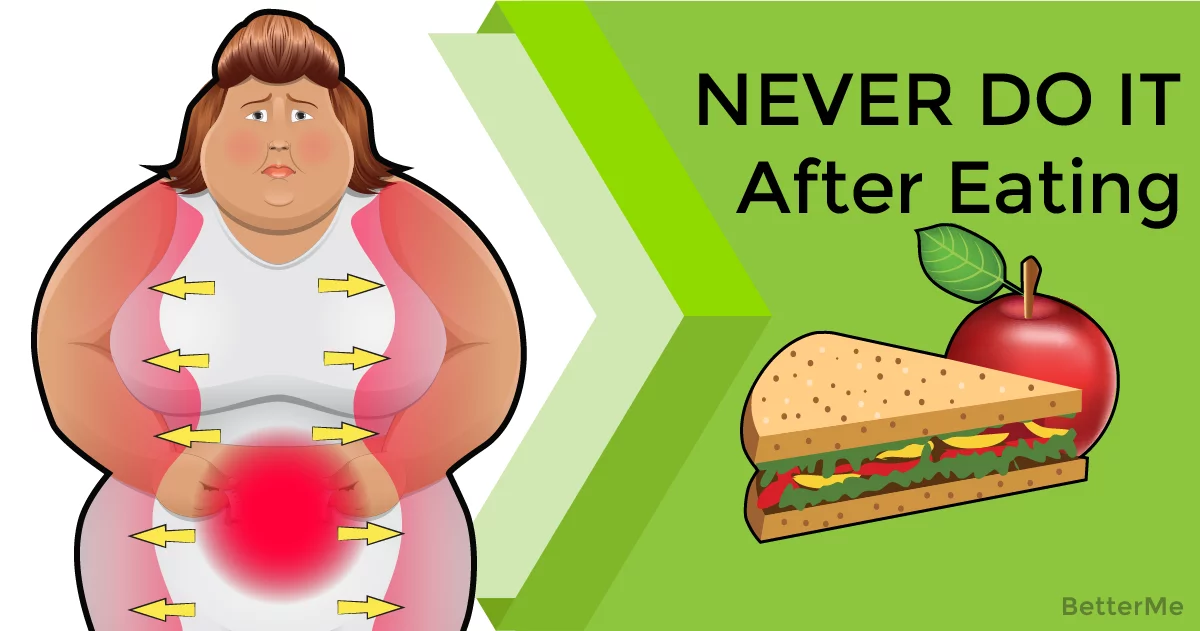
.jpg)
Some pro inflammatory cytokines correlate with daytime sleepiness. Stage 3 is characterized by only moderate to severe hypokalemia.Ĭytokines are somnogenic and are likely key mediators of sleep responses to infection and food. Stage 2 is characterized with symptoms and mild hypokalemia. Stage 1 is characterized by no symptoms but mild hypokalemia. The severity of the hypokalemic state can be evaluated using Fuller's Criteria. The effects of hypokalemia can include fatigue, muscle weakness, or paralysis. The large movement of potassium from the extracellular fluid can lead to a mild hypokalemic state. Insulin increases the activity of Na/K ATPase, causing increased movement of potassium into cells from the extracellular fluid. Insulin can also cause postprandial somnolence via another mechanism. Increased brain serotonin and melatonin levels result in sleepiness. In the brain, tryptophan is converted to serotonin, which is then converted to melatonin. Uptake of tryptophan by the brain thus increases. This lowers the ratio of these branched-chain amino acids in the bloodstream relative to tryptophan (an aromatic amino acid), making tryptophan preferentially available to the large neutral amino acid transporter at the blood–brain barrier. Insulin stimulates the uptake of valine, leucine, and isoleucine into skeletal muscle, but not uptake of tryptophan. In individuals with normal carbohydrate metabolism, insulin levels rise concordantly to drive glucose into the body's tissues and maintain blood glucose levels in the normal range. It is only available in higher amounts due to the ease of digestion of high glycemic index foods. It should not be misunderstood that glucose is absorbed more rapidly because, once formed, glucose is absorbed at the same rate. Hence, more glucose is available for absorption. When foods with a high glycemic index are consumed, the carbohydrates in the food are more easily digested than low glycemic index foods. Insulin, large neutral amino acids, and tryptophan The larger the meal, the greater the shift in autonomic tone towards the parasympathetic system, regardless of the composition of the meal. This shift in the balance of autonomic tone towards the parasympathetic system results in a subjective state of low energy and a desire to be at rest, the opposite of the fight-or-flight state induced by high sympathetic tone. In response to the arrival of food in the stomach and small intestine, the activity of the parasympathetic nervous system increases and the activity of the sympathetic nervous system decreases. This inhibition is hypothesized to then reduce output from orexigenic neurons to aminergic, cholinergic, and glutamatergic arousal pathways of the brain, thus decreasing the activity of those pathways. These orexin-expressing neurons appear to be hyperpolarised (inhibited) by a glucose-activated potassium channel. Evidence also suggests that the small rise in blood glucose that occurs after a meal is sensed by glucose-inhibited neurons in the lateral hypothalamus. Increases in glucose concentration excite and induce vasodilation in ventrolateral preoptic nucleus neurons of the hypothalamus via astrocytic release of adenosine that is blocked by A2A receptor antagonists like caffeine. The exact cause of postprandial somnolence is unknown but there are some scientific hypotheses:Īdenosine and hypocretin/orexin hypothesis 2.1 Cerebral blood flow and oxygen delivery.2 Myths about the causes of post-prandial somnolence.1.3 Insulin, large neutral amino acids, and tryptophan.

1.1 Adenosine and hypocretin/orexin hypothesis.To date, the only clear animal models for examining the genetic and neuronal basis for this behavior are the fruit fly, the mouse, and the nematode Caenorhabditis elegans. To date, human studies have loosely examined the behavioral characteristics of postprandial sleep, demonstrating potential shifts in EEG spectra and self-reported sleepiness. While there are numerous theories surrounding this behavior, such as decreased blood flow to the brain, neurohormonal modulation of sleep through digestive coupled signaling, or vagal stimulation, very few have been explicitly tested. Postprandial somnolence has two components: a general state of low energy related to activation of the parasympathetic nervous system in response to mass in the gastrointestinal tract, and a specific state of sleepiness. Postprandial somnolence (colloquially known as food coma, after-dinner dip, and postprandial sleep, or by the African-American Vernacular English term the itis ) is a normal state of drowsiness or lassitude following a meal. An oil painting of a young woman having a siesta, or an afternoon nap, which usually occurs after the mid-day meal.


 0 kommentar(er)
0 kommentar(er)
